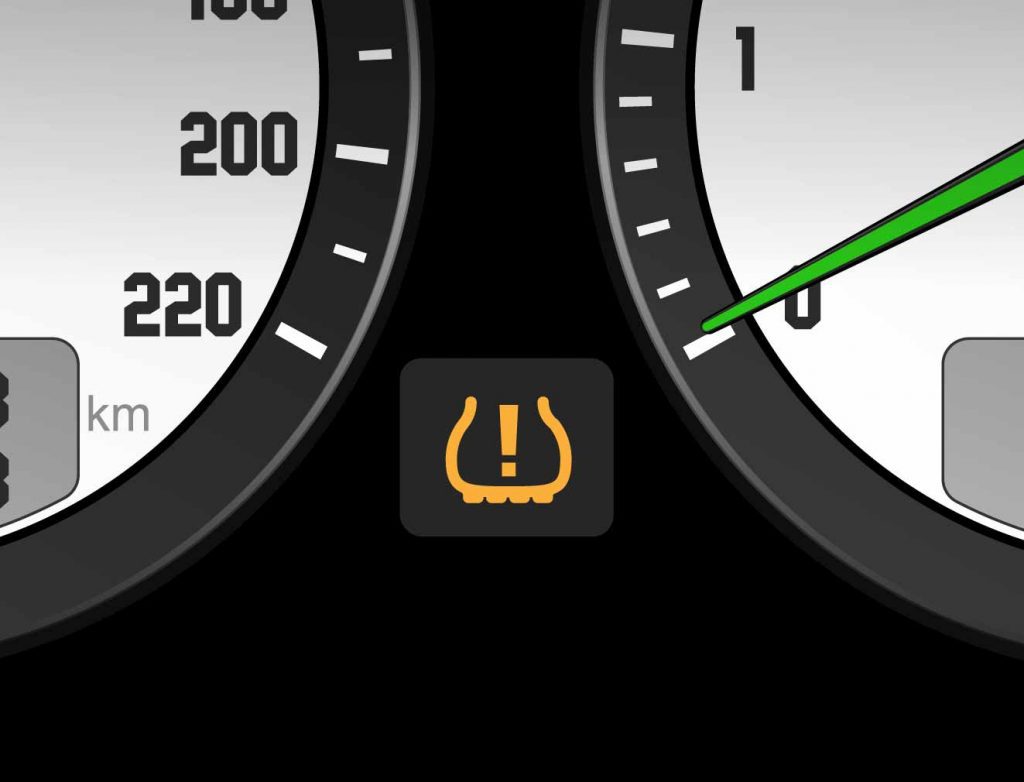Can I Use Winter Tires Without TPMS?
Winter weather is now around the corner. You hence require to ensure your vehicle is ready to handle. The first thing is making several important decisions concerning winter tires. When should you install winter tires, and whether you need them? Which are the best winter tires for you and your car? Do you need to get winter rims too? Another commonly asked question is about using winter tires without tpms. Follow along for answers on winter tires without sensors and other winter concerns.
So, Can I use winter tires without TPMS?

Essentially, there is no issue in running winter tires without the tire pressure sensors other than the warning light displayed at all times. However, this is not recommended as you will be giving up a safety feature.
According to our review, the winter season is the worst time of the year for the car to break down or get a flat tire. During winter, the common breakdowns result from a flat tire. You can easily prevent this by having the tire pressure monitoring system functioning correctly to warn you of a deflating tire before it is too late. The TPMS sensors are particularly good when you have a slow-release puncture.
And if you have the TPMS now and choose not to have them in your winter tires, the TPMS warning light will be illuminated on your dashboard all winter long. You might also find it challenging to pass a safety inspection if you have one before the spring.
While not all vehicles have tire pressure monitoring systems, most cars have the TPMS and need a tire pressure sensor installed in every wheel rim. Therefore, when you buy new winter rims for your car, you might also require to buy a set of four TPMS sensors. After installation, the new sensors will need to be programmed to your car. These pressure sensors devices became popular a few years ago when Firestone and Ford were blamed for light will several incidents blamed on either the tires or the vehicle. After comprehensive research, it was revealed that the issue was with the owner or driver’s negligence, either overloading the car or driving on highly worn-out ties or under-inflated tires.
The current US regulations need all the light-duty vehicles manufactured after the 2007 model to include devices that warn the driver of under-inflated tires. Even in the European Union, TPMS sensors are mandatory for all the passenger cars manufactured after November 2012, and all new passenger cars released from November 2014.
Types of TPMS Sensors
There are two types of TPMS; direct and indirect
· Direct sensors
These sensors are installed in the wheel and contain a transmitter and sensor. This offers a warning when the pressure in any wheel drops more than twenty-five percent pressure from the preset amount. When you remove a tire from the rim, there will be no pressure meaning you will have to reset the TPMS when installing a new or different tire.
· Indirect TPMS
These types of sensors use sensors linked to the ABS that measure the relative speed of individual wheels. The system determines if one wheel turns faster than the other wheels using the four wheels’ data. This occurs in case of a drop in pressure which decreases the rolling radius of that tire. Because the indirect systems are not very accurate, they are set to activate a warning if the wheel pressure goes down by more than thirty percent.
The warnings and readouts vary from a single light at every wheel to specific pressures. When resetting sensors, you will need special training and tools. When changing the tire, the sensors might also be destroyed, making it essential to have the change done by a qualified professional.
Is it necessary to get winter tires?

Absolutely yes! While you can operate through the winter without TPMS sensors, winter tires are crucial. According to reviews by drivers and experts that use them, winter tires are a must-have for winter driving. At 7 degrees Celsius and below, the all-season tires normally begin getting stiff and losing traction. This makes them prone to sliding off the road in cold weather, whether on the ground or in snow.
On the other hand, winter tires are specially designed for winter conditions and temperatures. The rubber used on winter tires enhances flexibility in cold conditions, making them more effective than the all-season radials, even on dry ground. While some people are put off from purchasing winter tires due to the relatively higher cost, they will prevent accidents, which might be more expensive and fatal.
When should you install your winter tires?

Generally, it is recommended to put on the winter tires around October or when the daily high temperature falls below 7 degrees Celsius. Because of their softer rubber compound, winter tires wear relatively faster than all-season tires, but the difference is not significant. All season tires last for about 80 000 km, while the winter tires last for about 60 000 km.
Therefore, winter tires wear a bit quicker but not so quickly that you cannot afford to have them put on before you require them. This means that unless you drive a lot per week, you should install them before November and before the snow starts to fall. You better be safe than regret as it only takes a single slide of the road to damage everything. Also, you don’t want to be among the car owners desperately calling around to see if you can install your winter tires when a bad storm approaches. Then, you will be too late.
Conclusion
We hope we have answered your question on whether you can use winter tires without TPMS. While you can use winter tires without sensors, it’s recommendable to have the sensor system working properly. You are more prone to getting flat tires during the winter, and TPMS sensors will increase your safety by notifying you of any flat tires. The sensors are not so expensive based on where you purchase them. Keep healthy and safe this winter by not taking any safety measures into chance!


